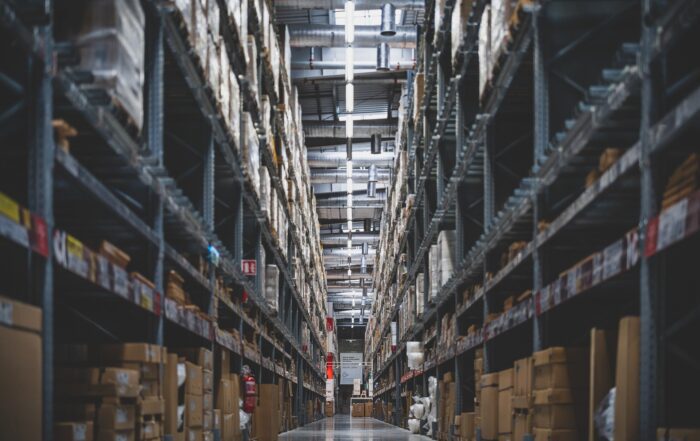As a global Asset Performance Management (APM) consultancy we see that it does not matter in which industry you operate or in which country or countries your plants are located: the Corona virus affects all companies. Maintenance is being carried out differently than normal, but we see different scenarios playing out. Many businesses have to defer maintenance because less technicians are available to do the work, some plants shut down completely because safety and health of the workforce can no longer be guaranteed or in some cases, for example in the food and beverage and pharmaceutical industries, the product demand has suddenly increased which also puts pressure on maintenance. Whichever reality applies to you, though, one fact rings true for all: your maintenance backlog is rapidly growing. In this article we share our tips to proactively manage the backlog.
Tip1: Prioritize
A lot of maintenance work is deferred because all current work is focused on keeping your operations going with the highest possible uptime. Prioritizing work order intake is now more important than ever. Shifting the increasing workload of maintenance job notifications into the right priorities is key to secure operations and to keep maintenance work execution manageable. Priority setting is directly linked to the maintenance execution time window and direct input for the planner to plan and schedule the workload.
Use a risk matrix
This is the time where the right decisions need to be made: is this job urgent? What is the impact of the issue on safety, quality and uptime? Can this job be executed at a later date at an acceptable risk? In short: how does this notified issue affect the performance of your critical assets. To consistently prioritize the maintenance workload, a risk matrix can be used where the impact thresholds is set and agreed upon by all relevant disciplines, including safety, quality, operations and maintenance. Based on this risk matrix you can focus on actions that most efficiently contribute to uptime while decreasing work pressure for the team. To agree on the risk thresholds, ask a facilitator to gather input remotely from relevant disciplines of the site management team to get started. In addition, help your planner to plan all activities according to the right priority.
Tip 2: Clean up your master data
This is the time to work on the foundation of your asset management. Although many would have the urge to not pick this up as this not a necessary action, it will be greatly beneficial to your overall performance and maintenance management. All technicians and engineers that are at home can help remotely with cleaning up master data. It is important to focus on a uniform tagging convention guide e.g. for equipment naming, numbering and descriptions. If you do not have a convention guide, this is the moment to create one. You can then allocate work accordingly. If you have the foundation in your CMMS/ EAM system right, the efficiency and quality of maintenance work will increase significantly. What a relief to not search for data, the affected spot in the factory and the right materials to use for each and every work order to execute!
Tip 3: Don’t forget about your spare parts
When the Corona crisis is over all companies want to get back on track as soon as possible. So, it is to be expected that suppliers of spare parts will also be in higher demand when everyone can start up again. This could lengthen delivery times of spare parts which then can increase the risk of having to be without the correct spare part when an incident takes place. To avoid a longer downtime than absolutely necessary think ahead and prepare: is your spare parts management still up to date? If your production is higher because of the sudden rise in demand, did you account for the higher use of assets increasing the risk of failure with your spare parts? Try to plan ahead to avoid any supply chain issues in a few months’ time.
Tip 4: Plan and monitor
It could be that because of the unusual work situation not all work is done according to standard procedures. What is the best way to plan starting up again and how can you take longer-term consequences into account? Next to the fact that maintenance is deferred, you need to try to keep an overview of all maintenance. What is being done and what still needs to be done according to the regular planning and the extra backlog activities. Aim for a plan to get back to the normal situation and don’t forget to include ways to monitor progress, as the well-known adage says: plan – do – check – act!
Bonus tip
As soon as things will turn back to normal, you will probably face a maintenance back log while your maintenance team is gearing up for normal operations. Consider to handle the backlog as a ‘bucket small’ CAPEX project. This helps to deal with the backlog as a project, not affecting the daily operation of the maintenance and inspection work force.
📰 Watch our Recorded Webinar – The Building Blocks to Maintenance Maturity
Get inspired
An article that introduces Root Cause Analysis (RCA) and when to use it.
A MRO inventory best practices checklist to learn how storeroom organization, segmented inventory can reduce your inventory spend.
The fishbone diagram is a common tool to identify or prevent a particular event, download a template.





